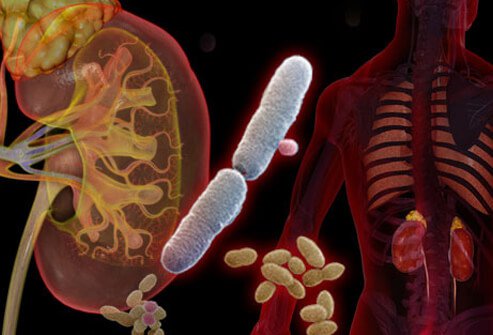
Urinary tract infections (UTI) affects millions of women worldwide. Urinary tract infections can be painful and even dangerous. Although some symptoms may be similar to others in other parts of your body, they are not the same as what you have. Here are some of the common causes of urinary tract infections:
The three most common forms of urinary tract infections are: urinary tract infection caused by bacteria, bacterial prostatitis (caused by infection from bacteria or viruses), and pelvic infection (caused by infection from bacteria, fungi, or viruses). The most common forms of urinary tract infections are: cystitis (inflammation of the urethra) or prostatitis (inflammation of the prostate). If you have a chronic kidney infection, your doctor might have told you that your kidney is infected with cysts. However, not all cysts cause urinary tract infections. They can be hard lumps and they can form behind the urethra and inside the bladder and urethra. But, they do not cause infection.
Urinary tract infection due to bacteria: Bacteria are present in the urine, feces and the urine itself. Anaerobic bacteria such as staphylococcus (staph) are responsible for urinary tract infections. If anaerobic bacteria enter the bladder or urethra, they multiply and can lead to infection.
Chronic or recurrent urinary tract infection is caused by bacteria that naturally occur in the urinary tract. A bacterium is called a bacterium.
The bacteria are found naturally in urine, feces, urine itself, and in the womb
There are two types of antibiotics – those that only kill bacteria, and those that kill both bacteria and all bacteria that are not harmful to the body. Antibiotics kill both good and bad bacteria. If a woman has a urinary tract infection, she takes antibiotics to treat the bacteria that cause the infection. Medicines kill all bacteria in the urine. The urine can then be flushed down the toilet without harming the bacteria that already live there. Once the bacteria are gone, the bacteria begin to multiply and cause infection.
One of the causes of antibiotic infections is taking antibiotics before intercourse. When antibiotics kill all bacteria, the vagina naturally becomes a harbor for bacteria. This is when the vaginal area becomes an ideal environment for bacteria to grow. A vaginal infection often occurs when anaerobic bacteria such as staphylococcus aureus are allowed to multiply rapidly. Using antibiotics after sex can also cause the vaginal area to become a perfect environment for bacteria to grow. Vaginal infections are caused by an imbalance in bacteria in women taking antibiotics during pregnancy.
Bacteria in the urinary tract can grow faster if the bladder does not empty quickly enough. Infection can occur if the bladder does not empty quickly enough. The faster the urine flows, the faster the bacteria will grow. The urine will pass through the bladder into the urethra. Bacteria from the urethra return to the urethra and return to the bladder, while bacteria in the bladder continue to grow. When this happens, bacteria can multiply and cause infection.
Antibiotics, if taken regularly, can cure urinary tract infections and other urinary tract infections. Some of the treatments include: taking antibiotics for bacterial infections such as UTI (urinary tract infection), or for viral infections (this is usually given to patients who have had pelvic inflammatory disease). There are other treatments available for women suffering from chronic bacterial infections. However, there is no medical cure for UTI so any treatments are primarily preventative.